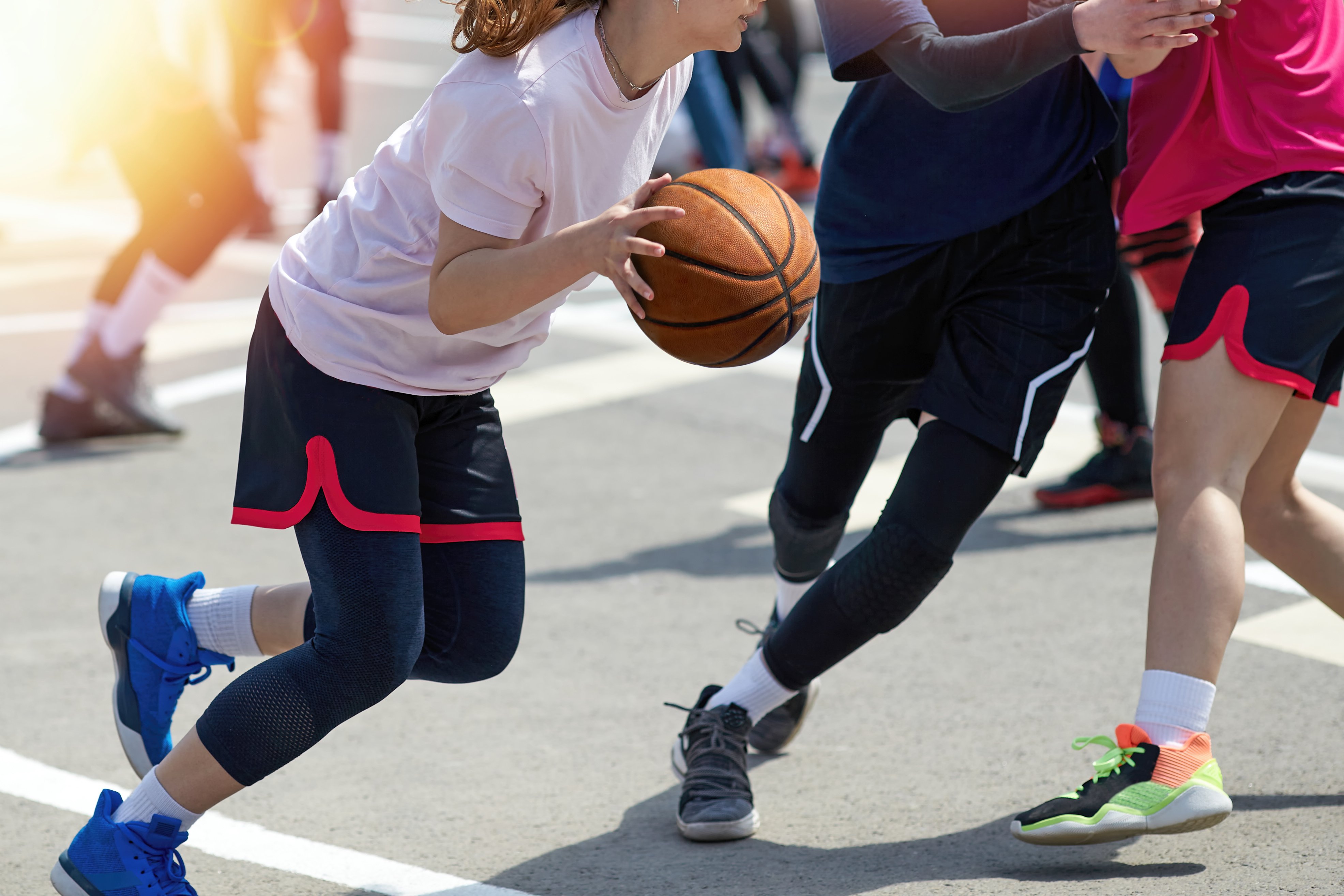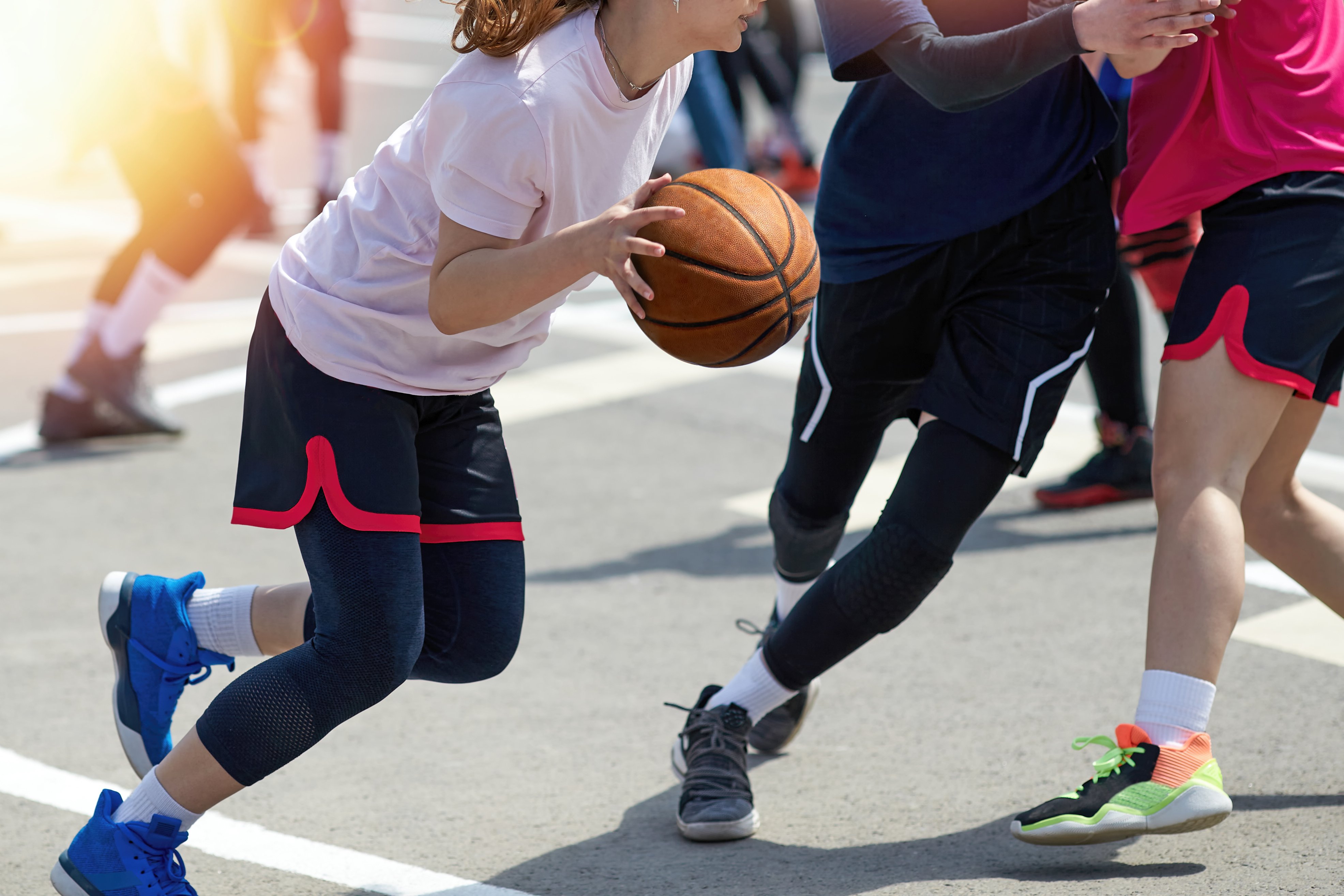Athlete Sports Injury: Upgrade Your Game with Physiotherapy

Athlete Sports Injury: Upgrade Your Game with Physiotherapy
As an athlete, you know the importance of training and practicing to improve your performance. But have you considered incorporating physiotherapy into your routine? Physiotherapy can help you recover from injuries, prevent future injuries, and boost your overall athletic performance. In this article, we'll explore the benefits of physiotherapy for athletes and provide tips on how to get started with a physiotherapy program.

Table of Contents
What is physiotherapy?
Benefits of physiotherapy for athletes
How to get started with physiotherapy
Tips for incorporating physiotherapy into your routine
ConclusionWhat is physiotherapy?
Physiotherapy, also known as physical therapy, is a form of healthcare that aims to improve movement and function. Physiotherapists are trained to assess, diagnose, and treat a wide range of physical conditions and injuries. They use a variety of techniques, including exercise, massages, and rehabilitation programs, to help their patients recover from injuries, reduce pain, and improve mobility.
Benefits of physiotherapy for athletes
Here are some of the benefits of physiotherapy for athletes:
-
Injury prevention: A physiotherapist can help you identify and address any imbalances or weaknesses in your body that may increase your risk of injury. They can also provide you with exercises to improve your flexibility, strength, and stability, which can help reduce your risk of injuries.
-
Recovery from injury: If you do sustain an injury, a physiotherapist can help you recover more quickly and effectively. They can provide you with a personalized rehabilitation program to help you regain your strength and mobility, and get you back to your sport as soon as possible.
-
Improved performance: Physiotherapy can help you improve your overall athletic performance by addressing any weaknesses or imbalances in your body. For example, if you have poor hip mobility, a physiotherapist can provide you with exercises to improve your hip mobility.
-
Pain management: Physiotherapy can help manage and reduce pain caused by injuries or overuse. Techniques such as massages, joint mobilizations, and exercises can all help to reduce pain and improve your overall quality of life.
How to get started with physiotherapy
If you're interested in incorporating physiotherapy into your athletic routine, here are some steps to get started:
-
Consult with your doctor or coach: Your doctor or coach may be able to recommend a physiotherapist or physical therapy clinic that can help you with your specific needs.
-
Research physiotherapists in your area: Look for physiotherapists who have experience working with athletes and are licensed to practice in your state. You can also ask for recommendations from other athletes or coaches.
-
Schedule an appointment: Contact the physiotherapist or physical therapy clinic to schedule an initial consultation. During this appointment, the physiotherapist will assess your injury or condition and develop a treatment plan to meet your specific needs.
-
Follow your treatment plan: Attend all of your physiotherapy appointments as scheduled and follow your physiotherapist's instructions for any at-home exercises or stretches. Be sure to communicate any concerns or questions you have with your physiotherapist.
Tips for incorporating physiotherapy into your routine
-
Make it a priority: Just like any other aspect of your training, be sure to make physiotherapy a priority. Attend all of your appointments and complete your at-home exercises as prescribed.
-
Stay consistent: To get the most out of physiotherapy, it's important to stay consistent with your treatment plan. This means attending all of your appointments and completing your at-home exercises on a regular basis.
-
Communicate with your physiotherapist: Don't be afraid to ask questions or express any concerns you have about your treatment plan. The more open and honest you are with your physiotherapist, the more effectively they can help you.
-
Incorporate other aspects of injury prevention: In addition to physiotherapy, be sure to incorporate other aspects of injury prevention into your routine, such as stretching, strength training, and proper warm-up and cool-down techniques.
Conclusion
In conclusion, physiotherapy is a valuable form of healthcare that can benefit athletes in many ways. Physiotherapists are trained to assess, diagnose, and treat a wide range of physical conditions and injuries, and they use a variety of techniques to help their patients recover from injuries, reduce pain, and improve mobility. By incorporating physiotherapy into their athletic routine, athletes can improve their overall performance, reduce their risk of injury, and manage any pain or injuries they may have. If you're interested in starting physiotherapy, be sure to consult with your doctor or coach, research physiotherapists in your area, and follow your treatment plan consistently. By making physiotherapy a priority and communicating openly with your physiotherapist, you can achieve your athletic goals and stay healthy and injury-free. Don't hesitate to reach out to a Human Integrated Performance physiotherapist to work through injury management and towards your goals as an athlete!
FAQ
How often should I see a physiotherapist?
The frequency of your physiotherapy appointments will depend on your specific needs and goals. Your physiotherapist will develop a treatment plan that outlines how often you should come in for appointments and complete at-home exercises.
Is physiotherapy covered by insurance?
It depends on your specific insurance plan. Many insurance plans cover physiotherapy, but you should check with your insurance provider to confirm your coverage.
Can physiotherapy help with chronic injuries or conditions?
Yes, physiotherapy can be helpful for managing chronic injuries or conditions. A physiotherapist can work with you to develop a treatment plan that helps you manage your pain and improve your function.